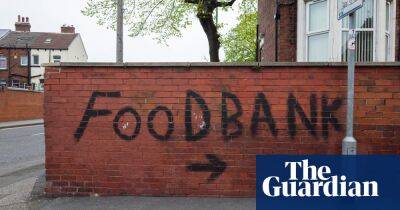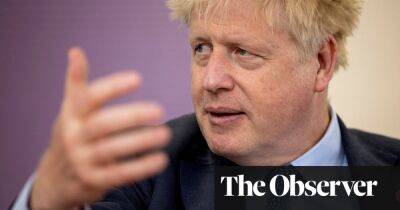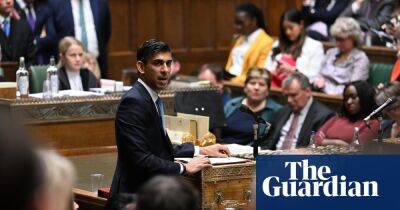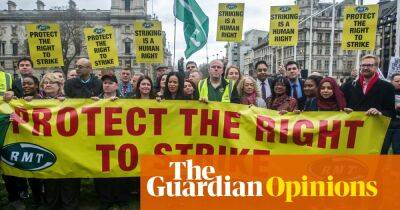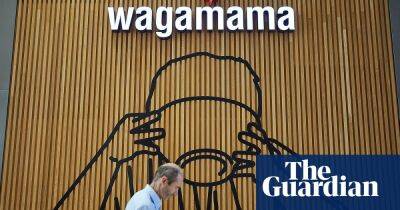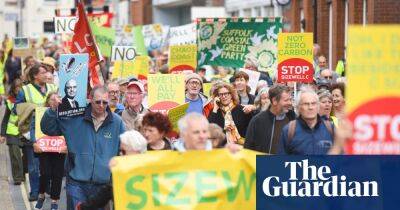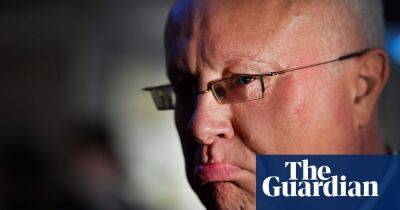How the narrative of full employment Britain hides the real story
The message from the government is clear. A booming labour market represents the silver lining to the dark cloud hanging over the economy. There are more job vacancies than there are people officially classified as out of work and firms are paying signing-on bonuses to attract staff. What’s more, as Boris Johnson said repeatedly at prime minister’s questions last week, an unemployment rate of 3.7% is the lowest since 1974.
No question, the labour market is in better shape now than ministers expected even six months ago. Back then there was concern that the end of the Treasury’s furlough scheme would lead to large numbers of firms going bust and a significant increase in unemployment.
So nervous was the Bank of England at the impact of the end of wage subsidies on unemployment that it delayed pushing up interest rates. Threadneedle Street has recently taken some stick for failing to act more quickly, but it was a reasonable call to make. A wait-and-see approach made sense.
There are, though, two problems with the idea that Britain has returned to the balmy days of postwar full employment. The first is that the jobless total is expected to rise as a combination of falling living standards, higher taxes and rising interest rates push the economy into recession. The Bank has been wrong-footed in the past by the continued strength of the labour market, and it could be guilty of excess pessimism this time too. That said, its assumption that three years of nugatory growth will result in the jobless rate rising to 5.5% by 2025 could easily come to pass.
The other problem is that the full employment narrative only holds true for the better-off parts of the country. As a study by researchers from Sheffield Hallam University shows, for
Read more on theguardian.com



